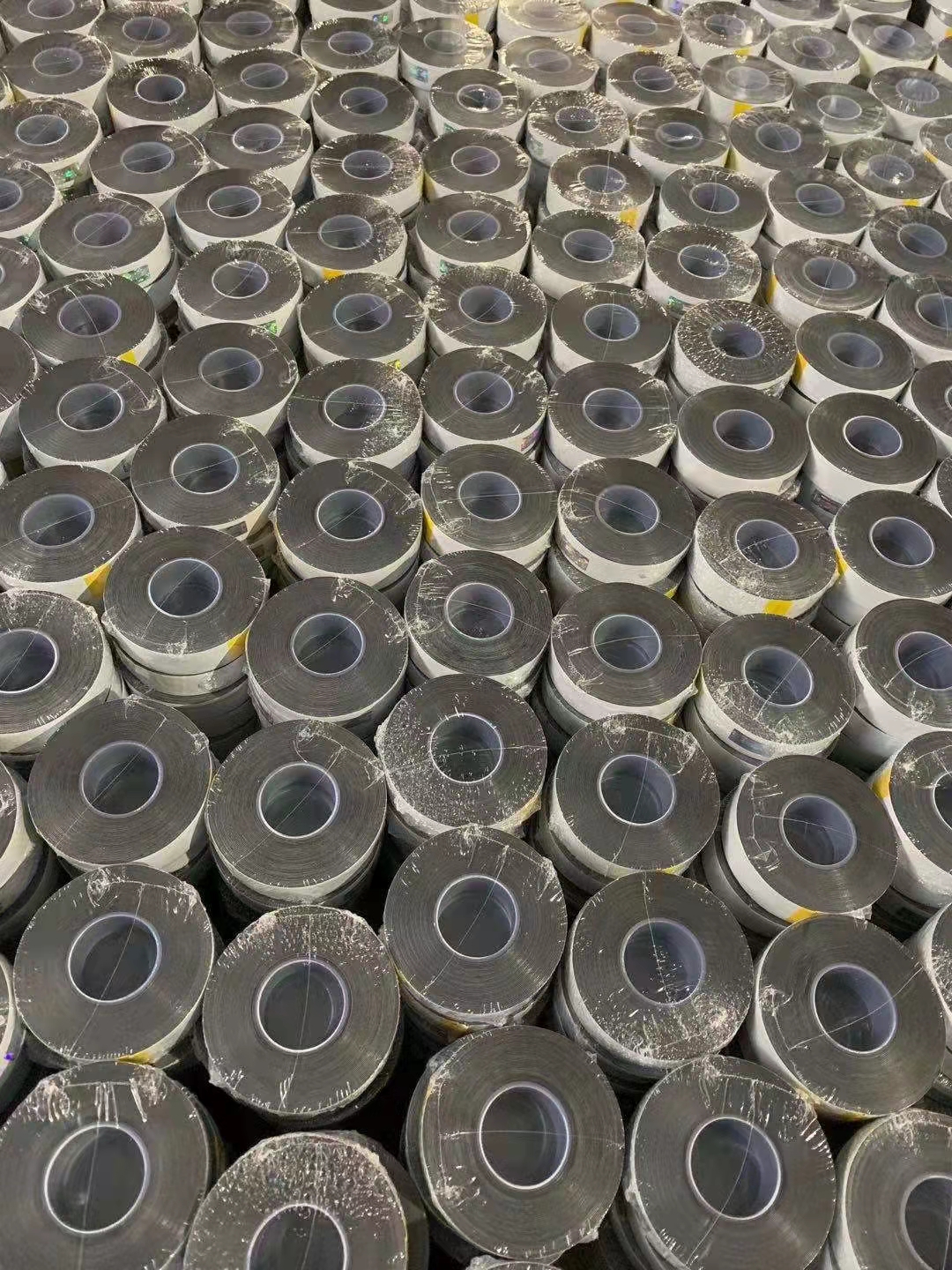The Versatility and Applications of White Amalgamating Tape
In the realm of electrical engineering and plumbing, the significance of using the right materials cannot be overstated. One such material that has garnered attention for its versatility and effectiveness is white amalgamating tape. This type of tape, unlike conventional electrical tape, is designed to offer superior insulation and protection in a variety of applications. Understanding its properties, uses, and advantages is essential for professionals and DIY enthusiasts alike.
What is White Amalgamating Tape?
White amalgamating tape is a non-adhesive tape made from a blend of rubber and other materials, which gives it unique amalgamating properties. The tape exhibits excellent elasticity and can bond firmly to itself, creating a watertight seal without the use of adhesives. Its white color often makes it an aesthetic choice in applications where visibility is a factor, as well as providing a cooler surface in heat-intensive situations.
Key Properties
One of the standout features of amalgamating tape is its ability to withstand a wide range of temperatures, making it suitable for both high and low-temperature environments. This tape can typically operate effectively within a temperature range of -20°C to 90°C (-4°F to 194°F), and its insulating properties help prevent electrical leakage, enhancing safety in various electrical applications.
Additionally, white amalgamating tape is resistant to moisture, UV light, and many chemicals, making it ideal for outdoor applications or environments where exposure to solvents might occur. Its self-amalgamating feature means that it melds into a solid mass when stretched and applied, forming a protective barrier that is both waterproof and durable.
Applications
white amalgamating tape

The applications of white amalgamating tape are numerous. In the electrical industry, it is commonly used for insulating electrical connections and cables. The tape's ability to form a tight seal around wires ensures that moisture and contaminants do not penetrate, reducing the risk of short circuits and electrical failures. This property also makes it suitable for use in electronic devices and appliances, providing an extra layer of protection.
In plumbing, amalgamating tape is used to seal joints and fittings, preventing leaks in both pressurized and non-pressurized systems. Its flexibility allows it to accommodate movement and vibrations, which are often present in plumbing systems, thereby enhancing the longevity and reliability of the seals.
Furthermore, white amalgamating tape is also utilized in automotive applications. It can be found used in various components, such as wiring harnesses and connections, where it provides protection from environmental elements and wear and tear.
Advantages Over Other Tapes
Compared to traditional electrical tapes, white amalgamating tape offers several advantages. The absence of adhesive means that there is no sticky residue left behind upon removal, making it an ideal choice for temporary applications. Moreover, the self-amalgamating feature allows for a more robust seal, reducing the risks associated with electrical and fluid interactions.
Moreover, its visual appeal allows for clean application in visible areas, which is particularly beneficial in residential projects or consumer electronics where aesthetics are important.
Conclusion
White amalgamating tape stands out as a multifaceted tool that combines functionality with convenience. Its unique properties make it a favorite among professionals in various fields, from electrical work to plumbing and automotive applications. By understanding its uses and advantages, users can enhance the safety, efficiency, and aesthetics of their projects. Whether for permanent solutions or temporary fixes, white amalgamating tape remains an exemplary choice in the toolbox of modern tradespeople.
-
XIANGFAN Rubber Tape-Ultimate Solutions for All Your Insulation NeedsNewsJun.24,2025
-
XIANGFAN Rubber Tape-Protection for Industrial and Residential ApplicationsNewsJun.24,2025
-
XIANGFAN Rubber Tape: Superior Safety and Sealing for Demanding EnvironmentsNewsJun.24,2025
-
XIANGFAN Rubber Tape: Reliable Solutions for Every Electrical ChallengeNewsJun.24,2025
-
XIANGFAN Electrical & Industrial Tape: Powering Reliability Across IndustriesNewsJun.24,2025
-
XIANGFAN Electrical & Industrial Tape: Excellence in Every ApplicationNewsJun.24,2025
